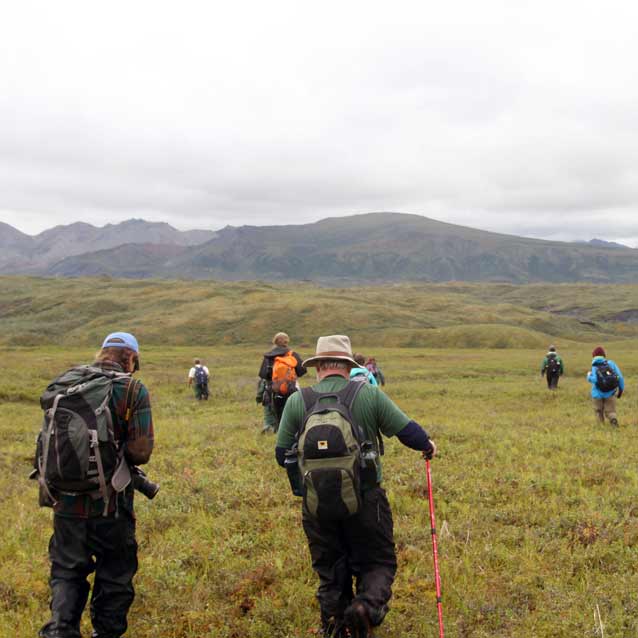
It wasn’t that long ago that studying a topic meant a trip to the library and a search through stacks of dusty books and periodicals. If the library was large and up to date, and the student familiar with how the library is organized and diligent with their search, then they could expect to be rewarded with something about their subject. Rapid internet growth and automated search engines have changed that picture. Today, almost anyone can place an online search and instantly receive thousands of pages of information competing for their attention. The challenge has become not just to find information, but to wade through what seems like an endless ocean of facts and opinion, with some of dubious veracity.
Park people need current and useful information too. Without knowledge about what the parks encompass, how and when they came to be there, and where they seem to be headed, how will park managers know which questions to focus their limited financial resources on? How can park communicators share knowledge, inform, educate, and inspire park visitors without a good grasp of the particulars themselves? And how can America’s National Park System prosper during its second century if not through the support of a well-informed public and passionate park advocates?
The authors in this and every issue of Alaska Park Science have exceptional knowledge, insight and understanding about very special places that many, perhaps most, of us will never visit in person. In the following pages, Maggie MacCluskie and coauthors describe new approaches to analyzing and presenting resource data to support better informed and more transparent decision making by park managers. Miki and Julie Collins, David Klein et al., and Don Callaway share first-hand observations of environmental and climate change across widely separated parts of Alaska. They invite our readers to consider the effects of environmental changes, both recent and future, on natural, cultural, and subsistence resources; and their implications to the livelihood, heritage, and legacies of people who cherish these resources. John Branson shares histories and cultural significance of parks on the Alaska Peninsula and demonstrate why vigilance is still necessary even for established parks. Michael Gaige explores innovative experimental learning opportunities that are designed to introduce our next generation of scientists, scholars, and citizens to Alaska’s amazing wilderness areas, while Rose Verbos investigates how real-life wildlife encounters can affect visitors’ conservation commitment.
Parks are all about celebrating and preserving the wonder and diversity of the world around us, and knowledge is a big part of that. It is our sincere wish that these articles, photographs, and illustrations increase your knowledge and understanding, enhance your enjoyment, and elevate your appreciation of America’s National Park System and Alaska.
Are we succeeding? Please let us know: e-mail us.
Last updated: August 12, 2015
